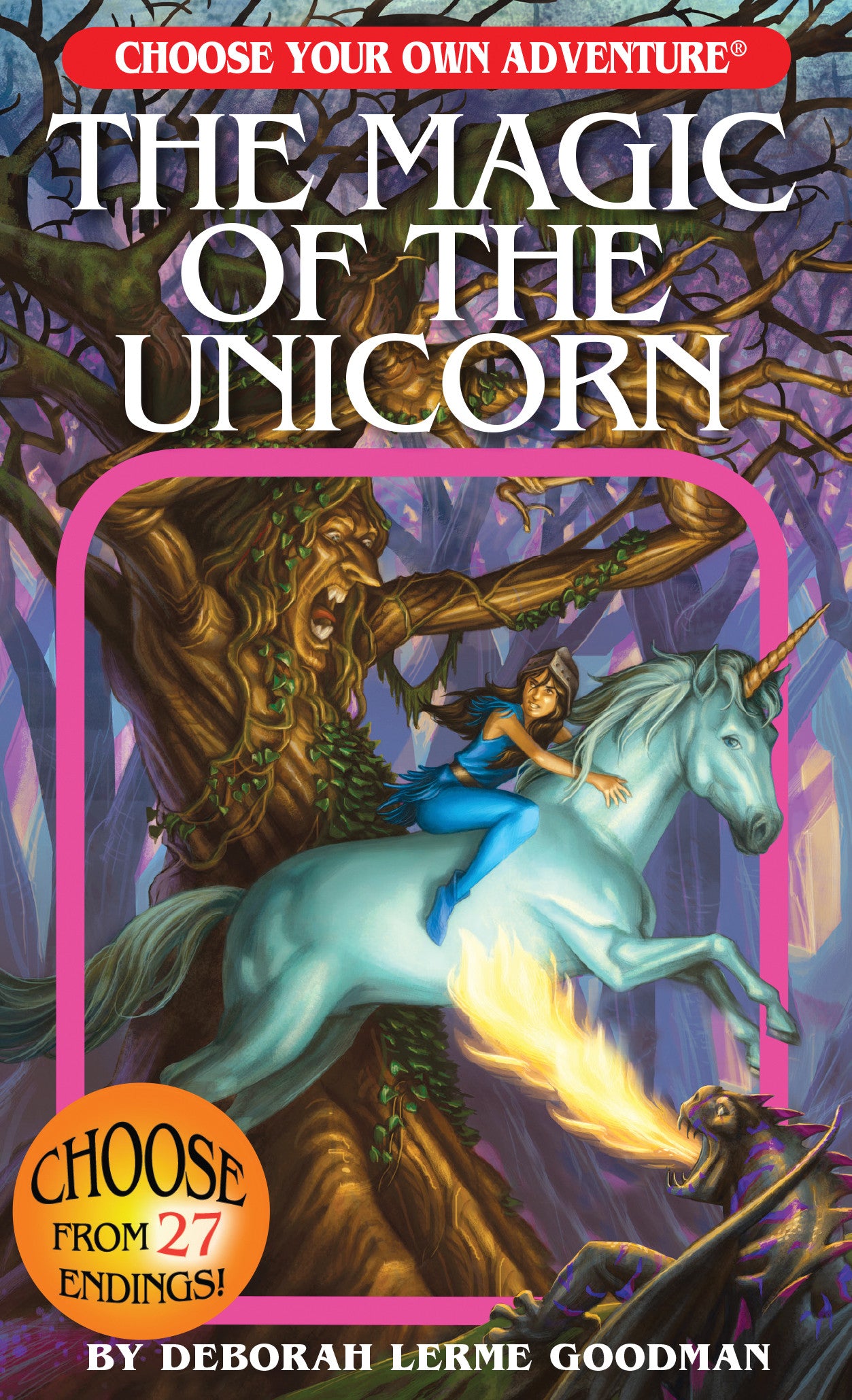𝔄s I have continued to work in this webspace and others, I have tended to do so with music of one sort or another playing in the background. It's often instrumental music; vocals tend to pull my attention to them to a degree I find incompatible with working on writing, as they sound too much like someone is trying to talk to me for me to be able to focus elsewhere. And as I was casting about for such music, I came across the Dungeon Synth Archives on YouTube, which both fit the kind of ambient, instrumental music I was seeking and suggested itself as presenting medievalisms that do not seldom make of themselves some kinds of tales after Tolkien.
 |
| Because I always try to have a blast when I work... Gif from Giphy.com, deriving from Monty Python, and used for commentary |
While I have linked the channel above, plowing through examples does not necessarily or efficiently describe a genre. What dungeon synth is reported as being varies. Wikipedia, that first-use go-to reference, calls it here "a subgenre of dark ambient music that emerged in the late 1980s and early 1990s" that "employs aesthetics and themes typically associated with black metal and applies it to dreamier ambient songs" in which "use of dark soundscapes suggests medieval or fantasy motifs, often with a nocturnal aesthetic" and which "is often compared to video game music, as it is occasionally applied in those settings." Another source, Andrew Werdna's Dungeon Synth blog--much like this webspace-- describes it here as "the sound of the ancient crypt. The breath of the tomb, that can only be properly conveyed in music that is primitive, necro, lo-fi, forgotten, obscure, and ignored by all of mainstream society." Robert Newsome's 2017 comments on Bandcamp identify it as "Drawing its musical themes from Medieval and Renaissance compositions and its aesthetic sensibilities from black metal and fantasy literature [...] the perfect soundtrack for this kind of escapist fantasy," much like "the 'intro' track to your favorite metal album, but stretched out to album length"; Jonathan Carron's 2021 comments on Invisible Oranges call it initially "a style of grim fantasy ambient that would serve as intros, interludes, and full releases played and traded among black metal musicians in the 1990s" that works well for many internet subcultures
Admittedly, there is always peril in posting genre definitions; there are always exceptions, of course, and there are always ambiguities to consider. This webspace has noted such things in the past; consider, for example the boundaries of "the medieval," as here. My own attempts at offering definitions have been...less than inspiring, I think, as these all attest. So I will not pretend that the definitions I note above are complete, comprehensive, or definitive; they are functional, and that has to be enough.
A quick glance at the albums uploaded to the Archive linked above notes a number of names that come from Tolkien or seem to evoke him and his work; "Aldaron" is both the name of a group with an album of dungeon synth and a by-name for one of Tolkien's Valar, while "Oshanoe" would read as well as a medievalist fantasy nation-state as it does as a performing name, and "Castle Zagyx" is a clear evocation of the Castle Zagyg that informs older Dungeons & Dragons--itself a decidedly medievalist and Tolkienist construction. Other performance- and album-names are more overtly medieval: Walpurgisnacht and Tir, Mari Lwyd and Vale Minstrel, Fen Walker and Myrrdin all speak to northern and western Europe between the end of Western Rome and whatever temporal point might be used to mark the end of the Middle Ages.
You're gonna look at this and say it's not medievalist?
Image is one of the video thumbnails on the
Dungeon Synth Archives YouTube channel,
used for commentary
It is clear that there are attempts to link the music back, either directly to perceptions of the medieval or vicariously through linking to works that link to the medieval. How accurate those attempts are, it surpasses me to say; there will be limits imposed due to instrumentation--"synth" is not exactly something attainable with the kinds of instruments available in the European Middle Ages, although I do know that time had more available than is commonly recognized--but I did not succeed as a music major, leaving that course of study before reaching the parts of it that would have let me speak with certainty to the accuracy of intonation and melodic and harmonic structures, for example, or performance practices. But this blog always welcomes outside contributions, so those who read it and who are thus knowledgeable would find their comments on the matter welcomed.
For myself, however, I have some reading and writing to do, and this should give me some more music with which to do both.







